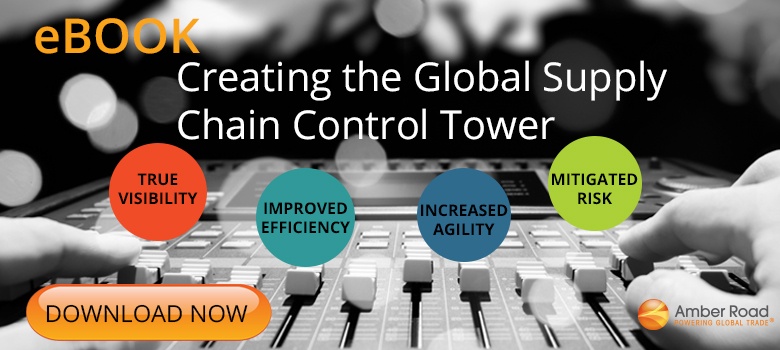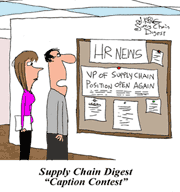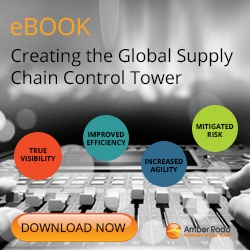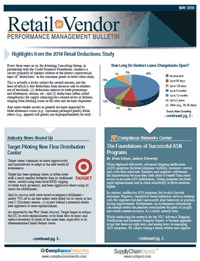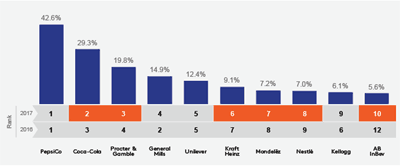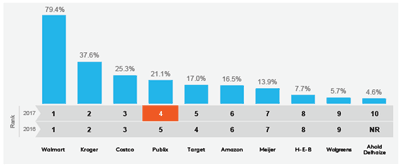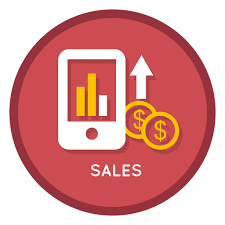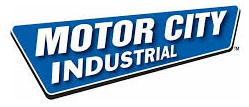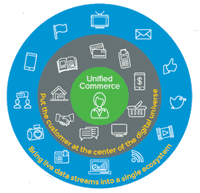 |
June 15, 2018 - Supply Chain Flagship Newsletter |
 |
|
 |
|
|||||||||||||||||||||||||||||||||||||||||||||||||||||||||||||||||||||||||||
|
||||||||||||||||||||||||||||||||||||||||||||||||||||||||||||||||||||||||||||
|
|
|
YOUR FEEDBACK
We received a number of emails on our column on our recent study of retail-vendor supply chain relationships, especially around the always controversial subject of chargebacks. Below are a few of those emails, some from our partner RetailWire.
Feedback on Use of Retail Chargebacks and Collaboration
![]()
Chargebacks are the symptom, not the problem. The problem is compliance, and it has to be fixed at the root. Chargebacks should be used exclusively to drive home the need for vendors to comply with agreed-upon requirements. The financial hit has impact on compliance. Conversely, collaboration can be achieved only between highly ethical, disciplined businesses. If either side of the transaction lacks those qualities, there will be chargebacks.
Bob Amster
Principal
Retail Technology Group

![]()
There are two types of chargebacks. One type is very legitimate and the other is simply robbery that retailers institute for themselves doing a poor job.
Three examples: My company sold to Walmart, Target and Walgreens among others. We never had a chargeback from Walmart. They gave us specific instructions of how to service them as a customer and we met their needs. Target was another story. They, of course, priced our product higher than Walmart. Every so often they would claim we were selling our products to Walmart for something less than Target so they would deduct what they thought we were charging Walmart. We were not a huge CPG company. We would fight and often lose.
Then there was Walgreens. They ran a huge nationwide promotion on our product. Bought more than we recommended. When it didn't meet their expectations, they didn't pay us.
Chargebacks to a vendor are OK and deserved when a vendor doesn't comply. But chargebacks to a vendor when the retailer makes the mistake is as bad as robbery.
Gene Detroyer
Professor
European School of Economics

![]()
This study shows that both parties feel the other party doesn't have the skill needed to collaborate, both parties feel there is a need for better tools and data visibility and they also both feel there's little interest in collaboration in general. Hmmm. So, we don't think our trading partners have the skills required, we need better data & tools, but aww, heck, we're not really all that interested in this collaboration thing, anyway.
LOL. Seriously?! These barriers are not all that new. I can remember at least back to the '90s when we also had little overall interest in collaboration. Everyone has talked about it for years. But talk is cheap. Investing in the right tools available today to capture that "dark data" and reap real-time supply chain insights must require significant skills and budget on both parties' parts, right? Not necessarily. I think this is more of an awareness issue, than a level of interest issue.
Chargebacks are probably necessary as long as we continue to operate in the way we have been for years. There will take some key disruptors in the industry to step up and take on this challenge.
Ralph Jacobson
Global Retail and CPG Sales Strategist
IBM

SUPPLY CHAIN TRIVIA ANSWER
Q: What were US logistics costs as a percent of GDP in 2016?
A: 7.5%, as calculated in last year's State of Logistics Report from CSCMP. This year's report will be released next week.
| © SupplyChainDigest™ 2003-2018. All Rights Reserved. SupplyChainDigest PO Box 714 Springboro, Ohio 45066 |
POWERED BY: XDIMENSION
|
